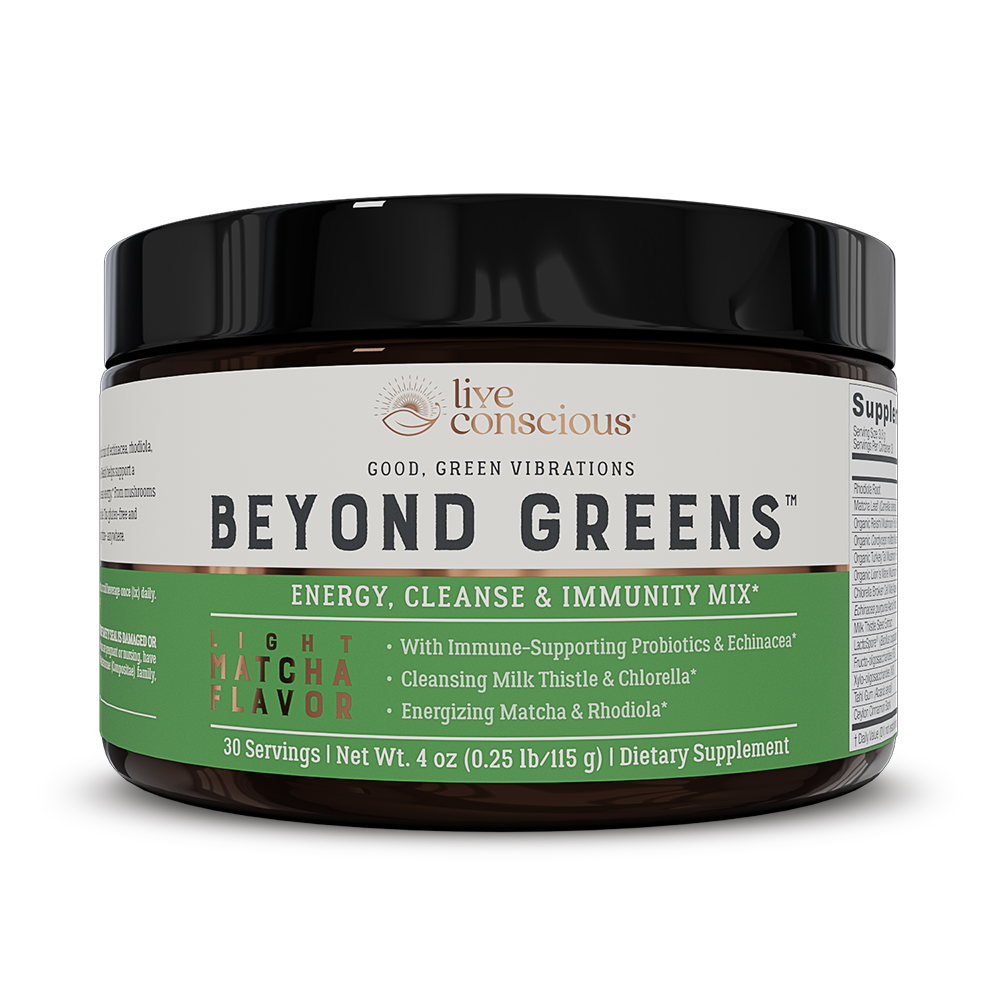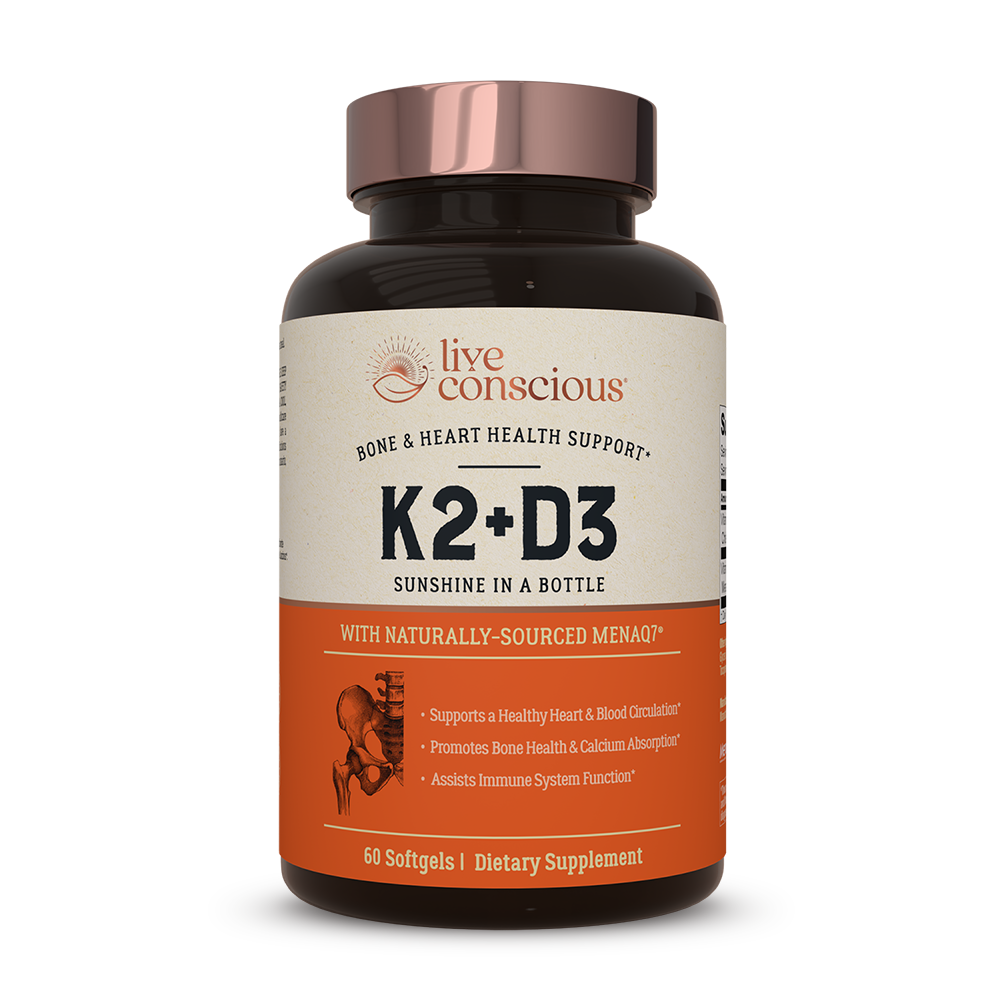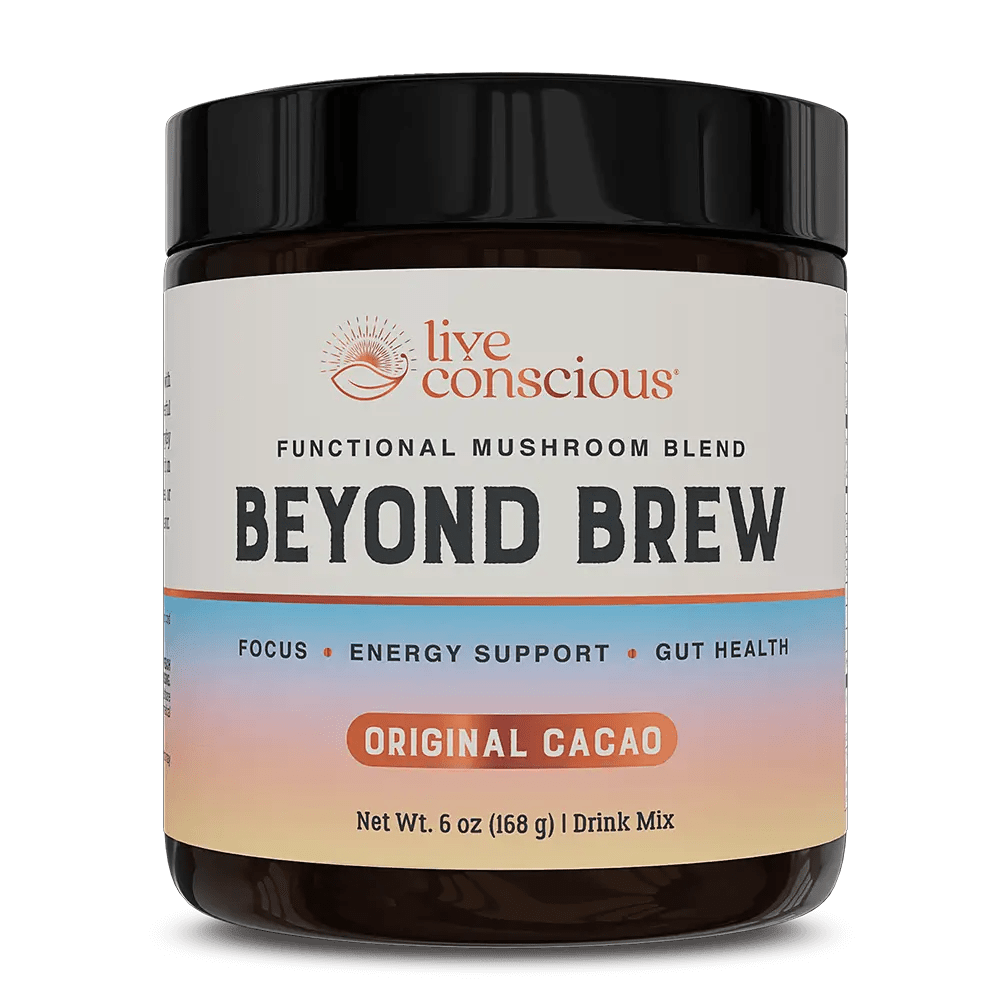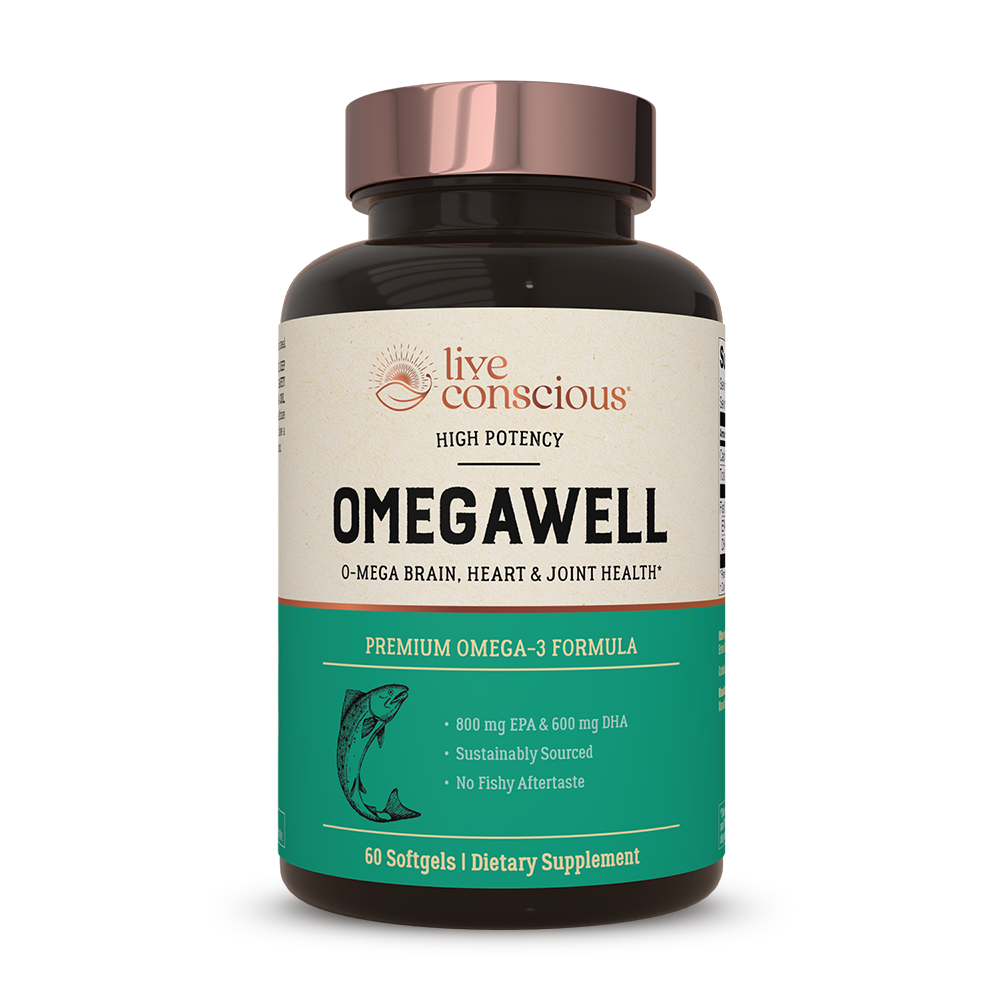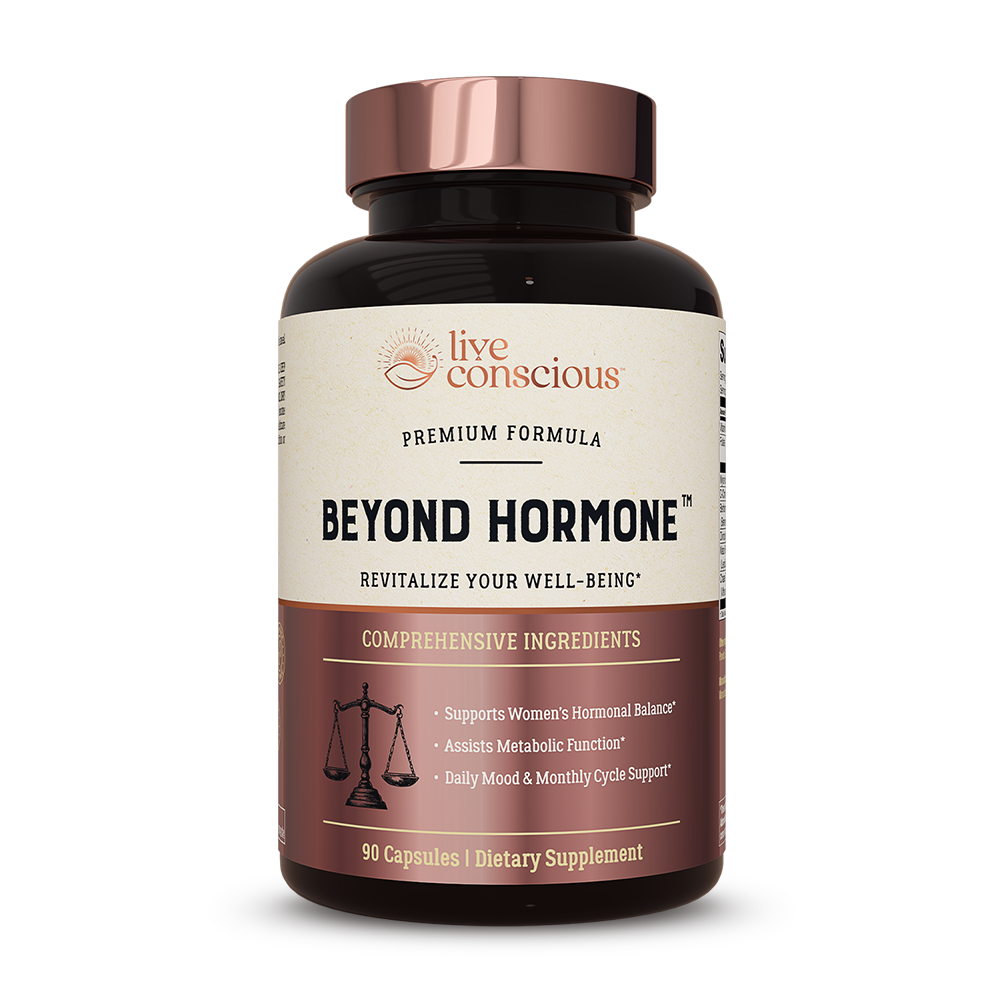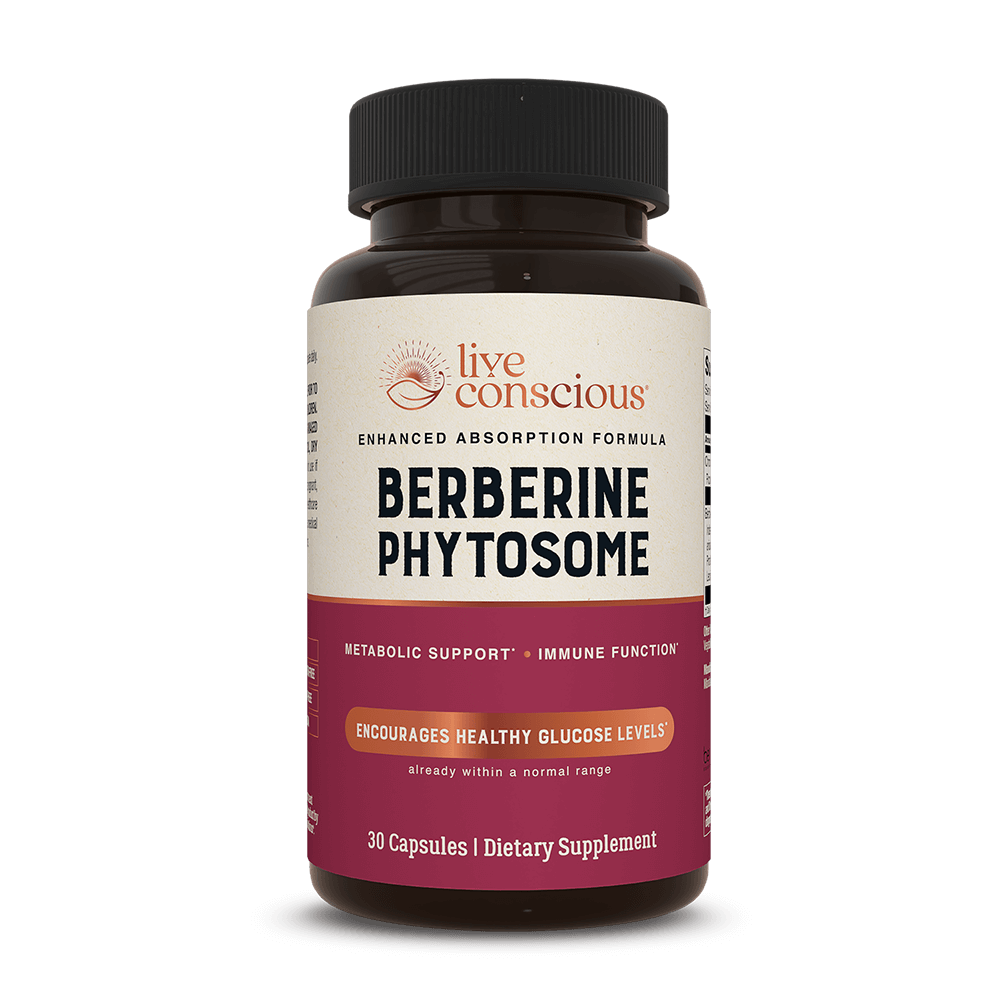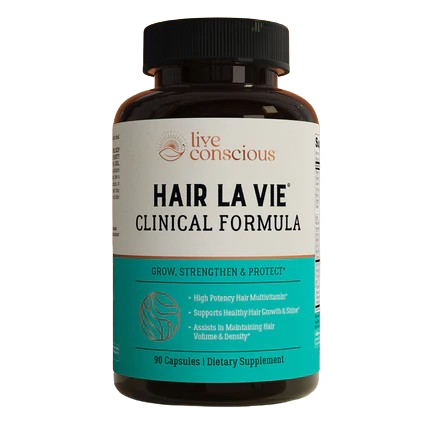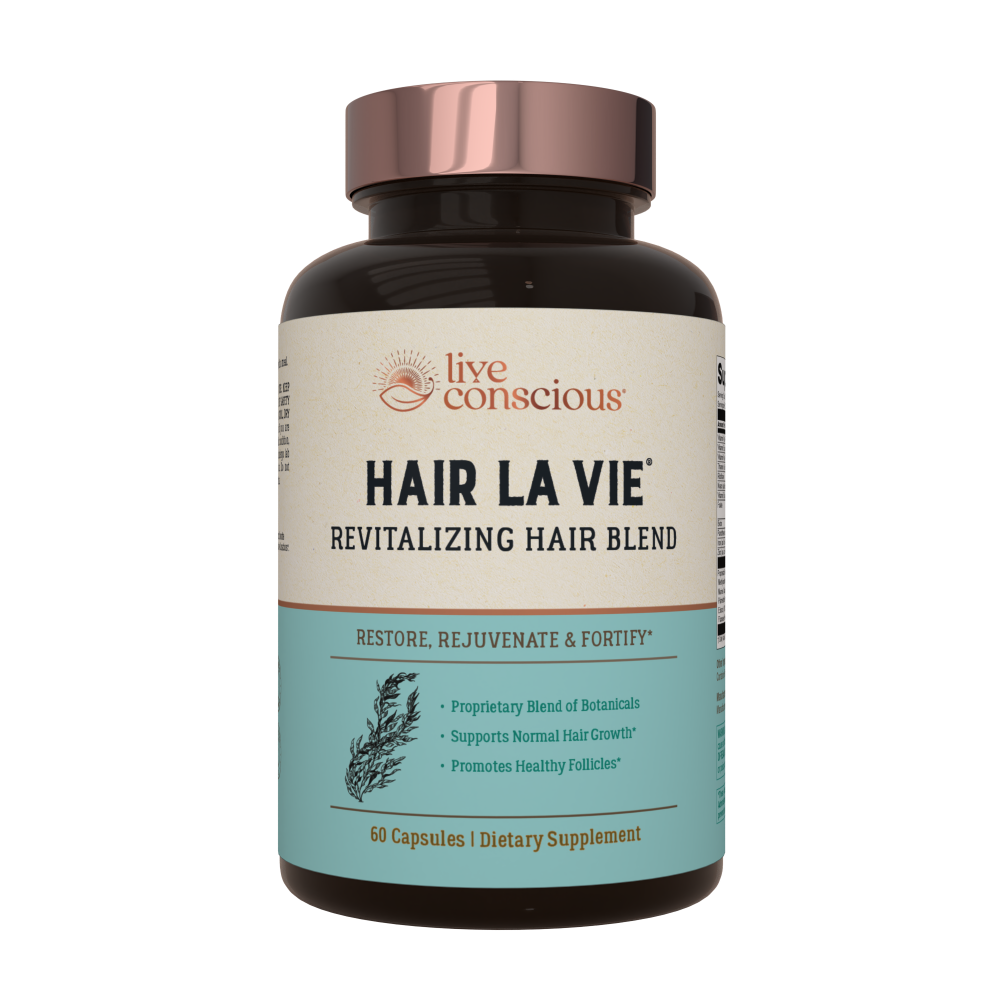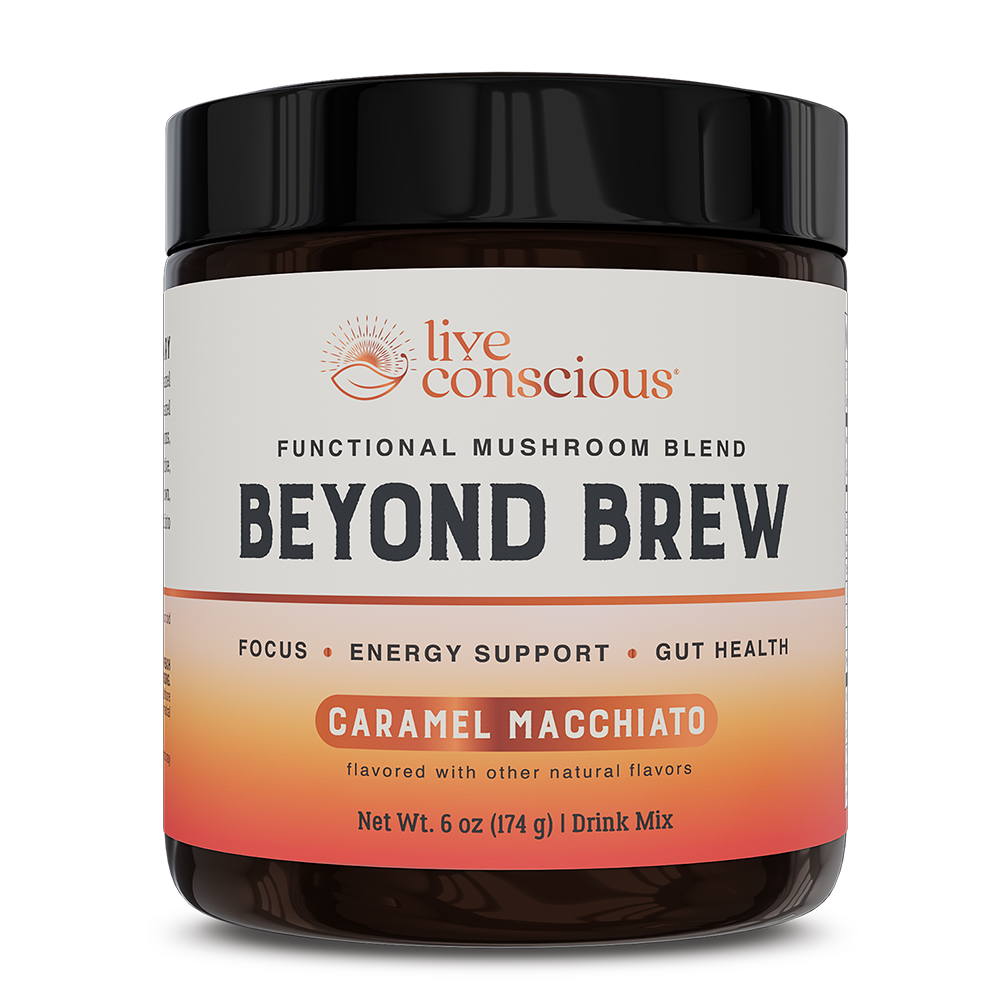It’s no secret that exercise is good for you. Physical activity on a regular basis is great for weight management, overall fitness, and health. Despite knowing the benefits of exercise, many people have trouble fitting it in their lives on a regular basis.
With your schedule, it can be a challenge to get the exercise you need. But what if you really don’t need as much exercise as you think? What amount of exercise is ideal for staying healthy?
Why You Should Exercise
Studies have shown that regular exercise can keep you physically and mentally healthy. Being active boosts your physical and mental health and helps you to live longer too.
Outside of just staying in shape, there are a number of ways that regular physical activity benefits you.
♦ Feel Happier: Exercise increases the production of hormones that regulate stress and anxiety. These hormones are sometimes referred to as the feel-good hormones.
♦ Lose Weight: Burning calories and enhancing your metabolism is a great way to lose weight efficiently when combined with a balanced diet.
♦ Boost Energy: Rather than rely on sugary energy drinks and caffeine, exercise provides sustained energy levels.

Despite being aware of the benefits of exercise, people still don’t get enough. With everything crammed into your hectic life, you probably want to know the least amount of exercise you need.
The good news is that even small amounts of physical activity will provide some benefits, so there’s no need to start training for a marathon. A little bit throughout the day can accumulate into significant benefits.
Getting Exercise on Limited Time
There’s no need to feel alone if you struggle to find time in the day for a workout. Many people have busy schedules, but there are ways to get a little bit of exercise you need each day. So long as you focus on aerobic activity and strength training, you can get all that you need.
Aerobic Activity
Over the course of a week, all you need is 150 minutes of moderate aerobic activity or 75 minutes of rigorous activity to stay in good health. This doesn’t all have to be done at one time so long as you reach that goal by the end of the week.
Moderate exercise is defined as that which gets your heart pumping, whereas rigorous exercise elevates your heart even higher. For example, the difference between brisk walking and running demonstrates the difference between moderate and rigorous activity.

Other aerobic activities include cycling, swimming, and aerobic dancing.
Strength Training
This is necessary to include along with aerobic activity, as these specifically work to strengthen muscles. You want to include exercises that work for all major muscle groups, and they should be scheduled at least twice a week. Weights or resistance bands are great ways to incorporate different muscle groups.
You can achieve great results by following the exercise guidelines below. There’s no need for long workout sessions so smaller sessions could work just fine.
Whatever time you have, there are several things you can do to reach that weekly goal. Remember that there may be some weeks that you have less time, so do what you can when you can, because what matters most is that you keep moving.
There are simple things you can do each day that may not seem like much, but they will contribute towards your overall exercise goal. These tips below will help you get a workout without even realizing.
Take a Walk
Walking is the easiest way to get moving, and it’s one of the most beneficial exercises for your health. When you have breaks at work, instead of sitting in the break room, go for a small stroll. Taking a walk after dinner is also a great way to enhance digestion and get your body ready for sleep at night.

Walking is gentle but it gets the heart pumping, and when you have the time go for longer strolls. The best part about walking is that you can pick your scenery and this helps to make the exercise more enjoyable.
TV Time Can Be Fitness Time
While you are watching your favorite show, add in a workout instead of sitting. If you have a stationary bike or treadmill at home, try this while you watch TV. You can also try some light yoga during commercial breaks.
Alternatively, whenever there are commercial breaks, step away and perform some aerobics or strength training exercises.
Take the Stairs
Anytime throughout your day that you have an option between stairs and an escalator or elevator, take the stairs. You still get to where you need to go, but you get your muscles moving and your heart pumping too. Of course, it's worthwhile to be aware of when sweating can become unhealthy.
If you have stairs at home, a few repetitions of going up and down are a great way to spend those commercial breaks during your favorite TV show.
Start a Little Earlier
If you know that your days are packed full of activities and responsibilities, try getting up a little earlier. As little as 15 minutes will make a big difference.

You can squeeze in a brisk walk or some at-home aerobics before you start your day, and you’ll be able to reach your goal by the end of the week. The best part about exercising in the morning is that you get it out of the way, and you won’t feel guilty if you run out of time later on.
Waking Up To Welness
Exercise, like a healthy diet, is essential for your overall health and longevity. Diet alone is not going to give you optimal health, because your body requires activity to stay healthy and to fight disease.
Even if you have time constraints, studies have found you only need small amounts of exercise to stay healthy. You don’t need to run marathons or hit the gym every night. Follow this guide and find what works for you, and just keep moving towards those health goals.


